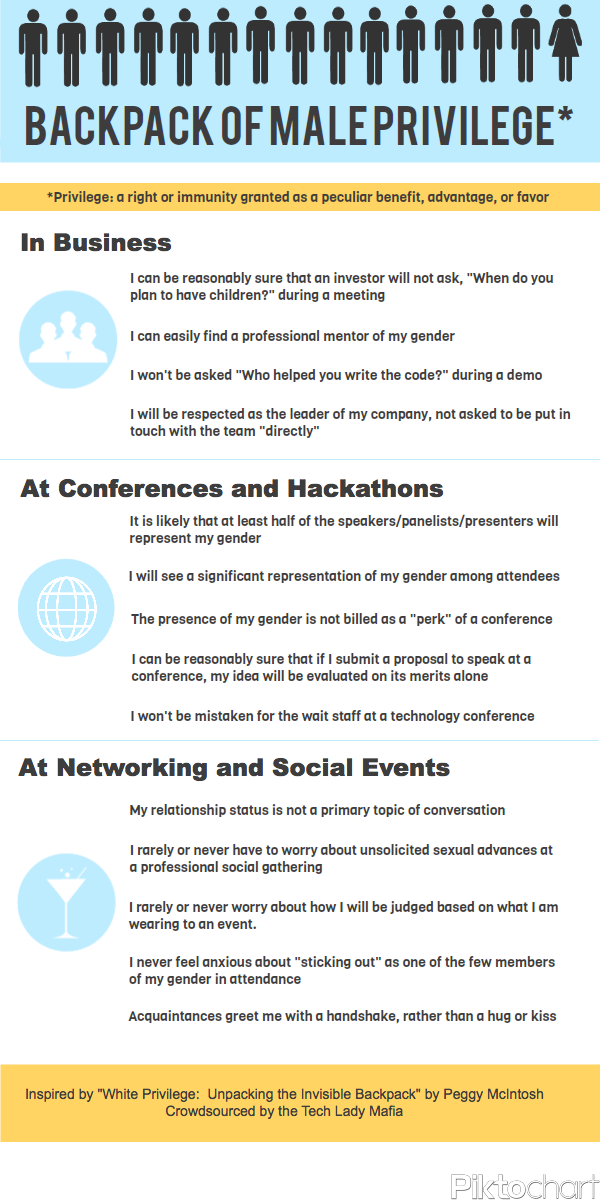References
Anderson,
E. 2000. “I used to think women were weak": Orthodox masculinity, gender
segregation, and sport.” Sociological Forum, 23(2). Retrieved
December 3, 2013 (http://www.jstor.org.proxy.ufv.ca:2048/stable/20110264).
Clark-Flory,
Tracy. 2012. “The “man crisis,” continued”. Salon.
May 30. Retrieved October 15 2013, (http://www.salon.com/2012/05/31/the_man_crisis_continued/)
Connell,
R.W. 1996. “Politics of Changing Men” Australian Humanities Review. Retrieved
November 2 2013, (http://www.australianhumanitiesreview.org/archive/Issue-Dec-1996/connell.html)
Connell,
Raewyn. 2009. Gender: A Short
Introduction. Cambridge, UK: Polity Press.
Eitzen,
D, and Stewart, Kenneth. 2006. Solutions
to Social Problems From the Bottom Up: Successful Social Movements. Boston,
USA: Pearson
Hall,
Jennifer. 2013. “UBC investigates frosh students’ pro-rape chant”. CBC. September 7. Retrieved September 24
2013, (http://www.cbc.ca/news/canada/british-columbia/ubc-investigates-frosh-students-pro-rape-chant-1.1699589)
Hinds,
Andy. 2013. “’Messages of Shame Are Organized Around Gender’” The Atlantic April 26. Retrieved
November 3, 2013. (http://www.theatlantic.com/sexes/archive/2013/04/messages-of-shame-are-organized-around-gender/275322/)
Isbister,
Sophie. 2013. “Toxic Masculinity.” The
Other Press, August 6. Retrieved September 28 2013, (http://theotherpress.ca/toxic-masculinity)
Katz,
Jackson. 2006. “Tough Guise” Challenging Media. Retrieved October 19 2013 (http://www.youtube.com/watch?v=3exzMPT4nGI)
Kimmel,
Michael 2008. “Guyland: The perilous world where boys become men.” Pp 175-176
in Sociologists in Action Sociology,
Social Change, and Social Justice edited by Korgen, Kathleen, White, Jonathan
and White, Shelley London, UK: Sage Publications
McIntosh,
Peggy. 2013 “The Male Privilege Check List.” Alas! A Blog. Retrieved November 3
2013 (http://amptoons.com/blog/the-male-privilege-checklist/)
Mustich, Emma. 2013. “’The Mask You Live In’: Jennifer Siebel
Newsom Documentary Will Examine Masculinity.” Huffington Post. July 16. Retrieved October 19 2013, (http://www.huffingtonpost.com/2013/07/16/the-mask-you-live-in-jennifer-siebel-newsom-masculinity_n_3599812.html)
Stein,
A. 2005. “Make room for daddy: Anxious masculinity and emergent homophobias in
neopatriarchal politics.” Gender and Society, 19(5). Retrieved , 2013
(http://www.jstor.org.proxy.ufv.ca:2048/stable/27640831)
Walsh,
Margaret. 2010 “Automobile in American Life and Society: Gender and the
Automobile in the United States.” Automobile in American Life and Society.
Retrieved October 19 2013 (http://autolife.umd.umich.edu/)








